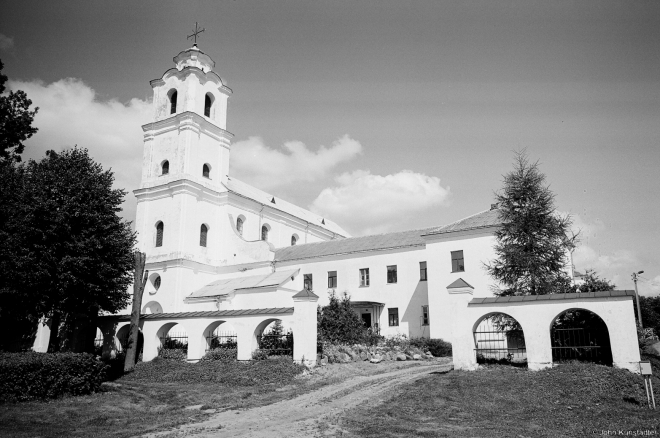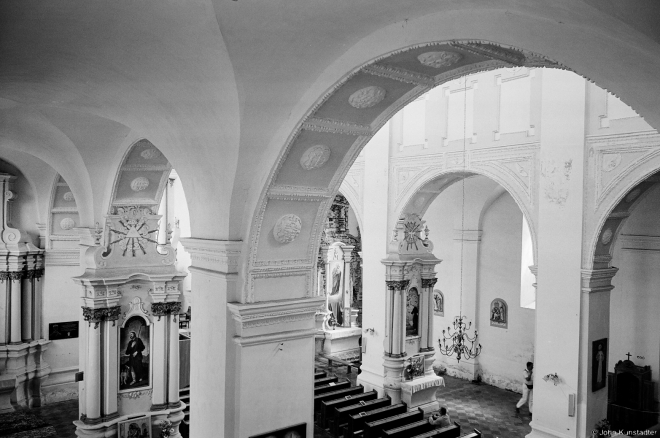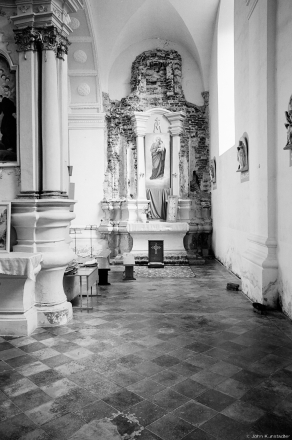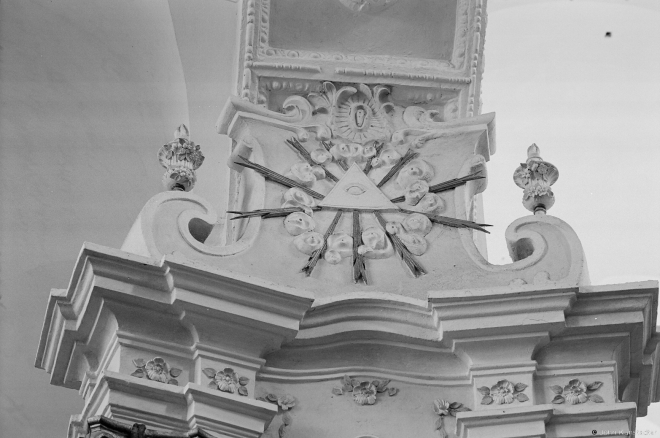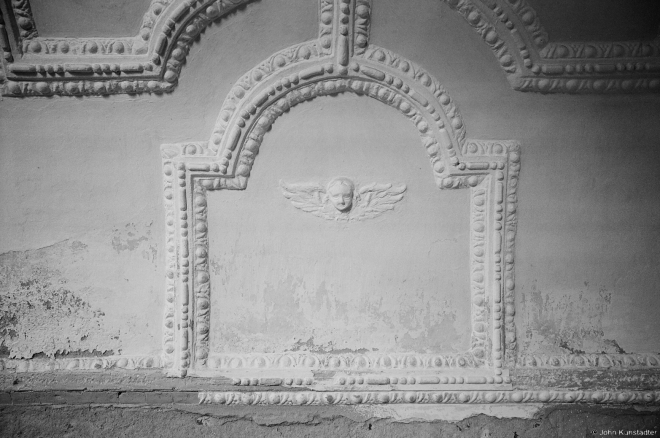Architectural patrimony of Belarus: expedition to the northern districts of Mjory and Braslau led by Anton Astapovich, chairman of the Belarusian Association for the Preservation of Historical and Cultural Monuments.
Спадчына Беларусі: вандроўка па Мёрскім і Браслаўскім раёнах з Антонам Астаповічам, старшыням Беларускага дабраахвотнага таварыства аховы помнікаў гісторыі й культуры.
Part II/VIII: Druja. Частка II/VIII: Друя.
Druja, in the Belarusian border zone, is accessible for non-residents only with special permission. Lying on the left bank of the river Dzvina at the border with Latvia, Druja was long an important fortified town of the Polatsk lands, important enough to win self-governing privileges by 1506 (Magdeburg Rights in 1620). In various wars the town was repeatedly ravaged by Muscovite forces (1515, 1632, 1654-67), not to mention depredations during the 1701-21 Northern War, the effects of harsh German occupation in World War II, and the Soviet regime’s severe neglect of the town’s rich architectural patrimony. The population has slowly declined from a peak of 5500 at the beginning of the 20th century to about 1100 today.
Churches of Belarus (part CXIII): Roman Catholic church of the Holy Trinity (1643-46 and late 18th century), Druja 2015. Касьцёлы Беларусі (частка СХІІІ): касьцёл Сьвятой Тройцы (1643-46 і пасьля 1760), Друя 2015 г.
On the right-hand side is the former Bernardine monastery attached to the church. Касьцёл з былым кляштарам бернардынаў.
Interior (see also photos of the day for October 8-10, 2014). Інтэр’ер (гл. таксама фотаздымкі дня 8-10 кастрычніка 2014 г.).

